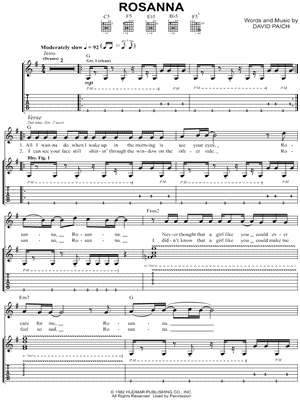

When placing the F below middle C on the fourth line, as shown here, it is called bass clef, which is by far its most common usage. The C clef was sometimes placed on the third space of the staff (equivalent to an octave treble clef) but this usage is unusual since all other modern clefs are placed on lines.Īn F clef places the F below middle C on the line between the dots.

Modern editions of music from such periods generally rewrite the original C-clef parts to either treble (female voices), octave treble (tenors), or bass clef (tenors and basses). Until the classical era, C clefs were frequently seen pointing to other lines (it is sometimes called a "movable clef"), mostly in vocal music, but this has been supplanted by the universal use of the treble and bass clefs.

Tenor clef is used for bassoon, cello, trombone, and double bass when the notes get very high, avoiding the use of excessive ledger lines. The second illustration shows the clef centered on the fourth line-this clef is called tenor clef. When placed there, the clef is called alto clef, which is mainly used for the viola but is sometimes used for other instruments. The first illustration here is centered on the third line on the staff, making that line middle C. The center of a C clef points to the line representing middle C. The treble clef is the most commonly encountered clef in modern notation. A G clef with the spiral centered on the second line of the staff is called treble clef. The spiral of a G clef (not a point on the spiral, but the center around which the spiral is drawn) shows where the G above middle C is located on the staff. Historically, clefs could be placed on any line on a staff (or even on a space), but modern notation almost exclusively uses treble, bass, alto, and tenor clef. A clef is usually the leftmost symbol on a staff, although a different clef may appear elsewhere to indicate a change in register.

This also effectively defines the pitch range or tessitura of the music on that staff. The brace is occasionally called an accolade in some old texts and can vary in design and style.Ī clef assigns one particular pitch to one particular line of the staff on which it is placed. The grand staff is used for piano, harp, organ, and some pitched percussion instruments. In contemporary usage it usually connects staves of individual instruments (e.g., flute and clarinet two trumpets etc.) or multiple vocal parts, whereas the brace connects multiple parts for a single instrument (e.g., the right-hand and left-hand staves of a piano or harp part).Ī brace is used to connect two or more lines of music that are played simultaneously, usually by a single player, generally when using a grand staff. These can be used to subdivide measures of complex meter into shorter segments for ease of reading.Ī bracket is used to connect two or more lines of music that sound simultaneously. These indicate the conclusion of a movement or composition. These indicate some change in the music, such as a new musical section, or a new key/ time signature. They sometimes extend through multiple staves to group them together when a grand staff is used or when indicating groups of similar instruments in a conductor's score. The diagram shows a single ledger line above and below the staff but multiple ledger lines can be used.īar lines separate measures ("bars") of music according to the indicated time signature. These additional lines (and the spaces they form) indicate pitches above or below the staff. A clef is almost always added, which assigns one specific pitch to one specific line the other lines and spaces are determined alphabetically as described. The A-G pattern repeats continually-the note above "G" is always another "A". Moving vertically upwards, the letter names proceed alphabetically with the alternating lines and spaces, and represent ascending pitches. Each line or space indicates the pitch belonging to a note with a letter name: A, B, C, D, E, F, G. The five-line staff (often "stave" in British usage) is used to indicate pitch.


 0 kommentar(er)
0 kommentar(er)
